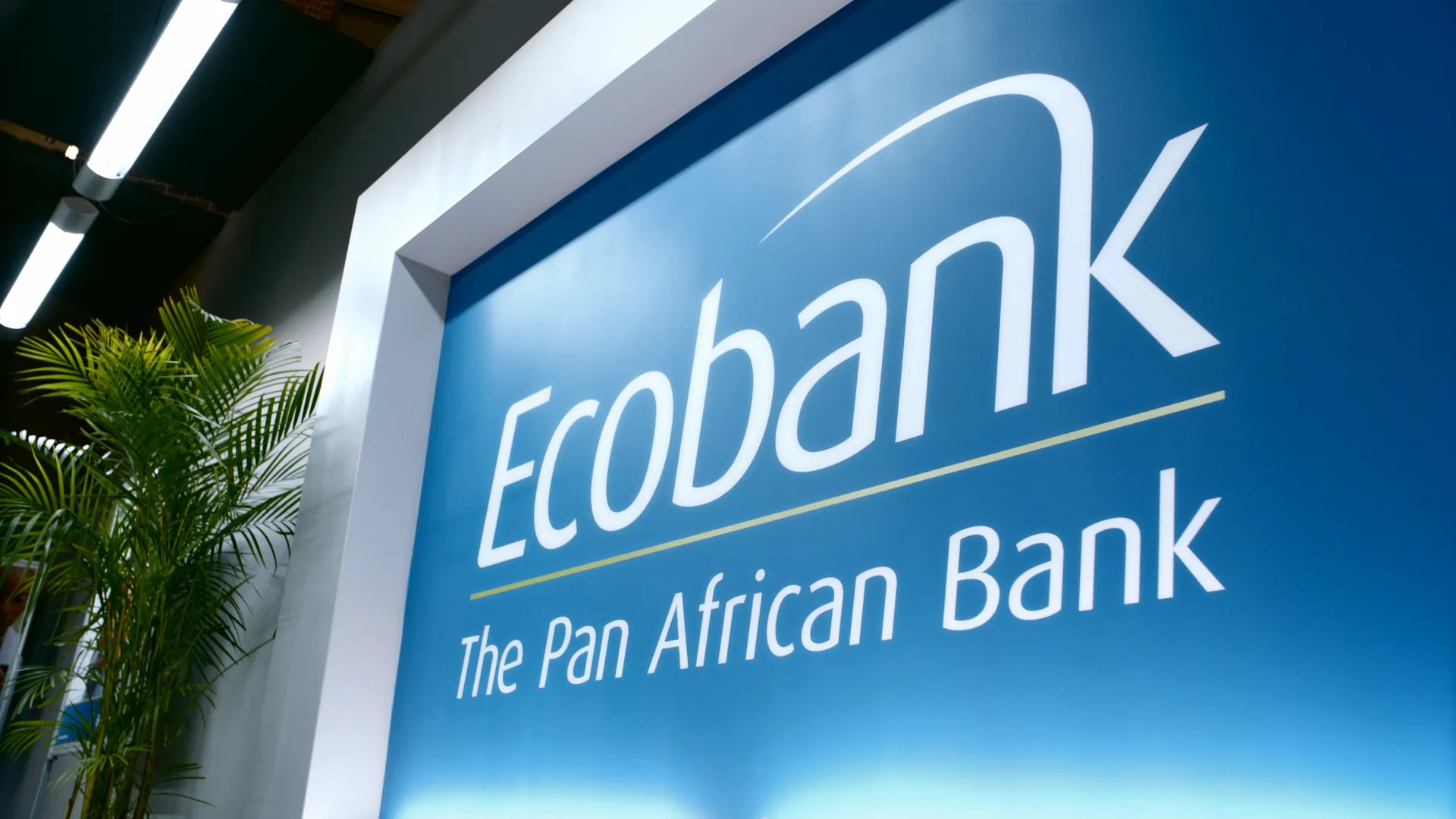This article was produced with the support of Backbase
The traditional banking model faces existential threats, said Tim Rutten, chief strategy officer at Backbase, delivering a presentation on the company’s vision for 2025.
He said Backbase has been working with financial service companies to future-proof their operations with bespoke, cutting-edge technological solutions which will move them from traditional banking to engagement banking, which will enable them to unlock value and truly serve their customers.
The engagement banking model, he said, is based on the premise that banking services can be built around the needs of the customer.
“Our proposition is simple. What happens when you take the individual customer and place them at the centre of the banking universe? How do you then build services around what that individual customer expects? They have a whole set of activities they hope to get some support with and who better to provide that service than their bank?”
Under a concept called the Customer Life Cycle, Backbase has designed services to support the customer from end to end. This includes on-boarding, placing them into a position where they can self-serve as well as digital lending and investment.
Over time, this procures the loyalty of the customer, encourages referrals and ultimately increases the bank’s profits. Backbase enables banks to do all this on a single platform, Rutten said.
Tailored value propositions
Over the next two years, banking will evolve into a position where customers will require highly tailored value propositions targeted to specific micro-segments.
Banks will need to design these services by first identifying the needs of that particular type of customer and matching them with the internal products that the bank already has, complemented with external products.
“The next stage is to bring these to life, which means bundling these types of capabilities in a way that is completely dynamic. Following that, you want to start unlocking data and artificial intelligence capabilities.”
Lastly, the bank has to determine how specific segments of customers will be able to engage with it.
Rutten demonstrated how this would work with the example of two hypothetical customers. A local customer, for example, would want a convenient means to open an account and for their bank to facilitate payments, access to services and big ticket purchases such as a house.
On the other hand, someone living in the diaspora and likely to be more affluent, would want a different suite of services on their financial journey. These include assistance with remittances, managing family funds, settling in the new country and travel. “These are expectations that are specific to these groups and even within these groups, there will be more nuances.”
The keys to taking these insights and putting them into execution, Rutten said, lie in bundling and pricing, data and the engagement models.
While banks currently have one-size-fits-all applications that serve all customers with nearly equal offerings, Backbase is envisioning a future where banks can have modular digital platforms that unlock specific services for individual customers depending on the segment of the market they are coming from.
With that in place, banks can leverage data and intelligence to determine the kinds of products that customers would require to achieve ‘financial wellness’, enabling recommendations and upselling from within the digital platforms themselves.
These will also determine the levels and forms of engagement that customers must have to achieve their financial goals, from self-service to in-branch banking.
“All of this, we imagine as a capability on top of a platform like the Backbase Engagement Banking Platform. We believe if you bring everything together in the engagement layer, that’s when we give you the power to build the value-added propositions for these micro-segments,” Rutten said of Backbase’s services.
The Backbase platform, he explained, allows banks that use it to separate the concerns of the back office from the front end, with the platform acting as an orchestration layer between the two.
In effect, banks that choose to use the platform can retain their old systems running in the background, while presenting an innovative new interface to customers. Banks can therefore integrate the Backbase system without disrupting or pausing their current systems.
“We can help you to deliver these distinctive, highly personalised value propositions at a very rapid pace. Not in six months but in two weeks,” he emphasised.
Another advantage of the Backbase platform is that it utilises reusable building blocks of information that banks can rely on at different points of the customer journey.
“We are an enterprise product, meaning that we work closely with the customer and being in that journey together is very rewarding,” he assured.

 Sign in with Google
Sign in with Google 



